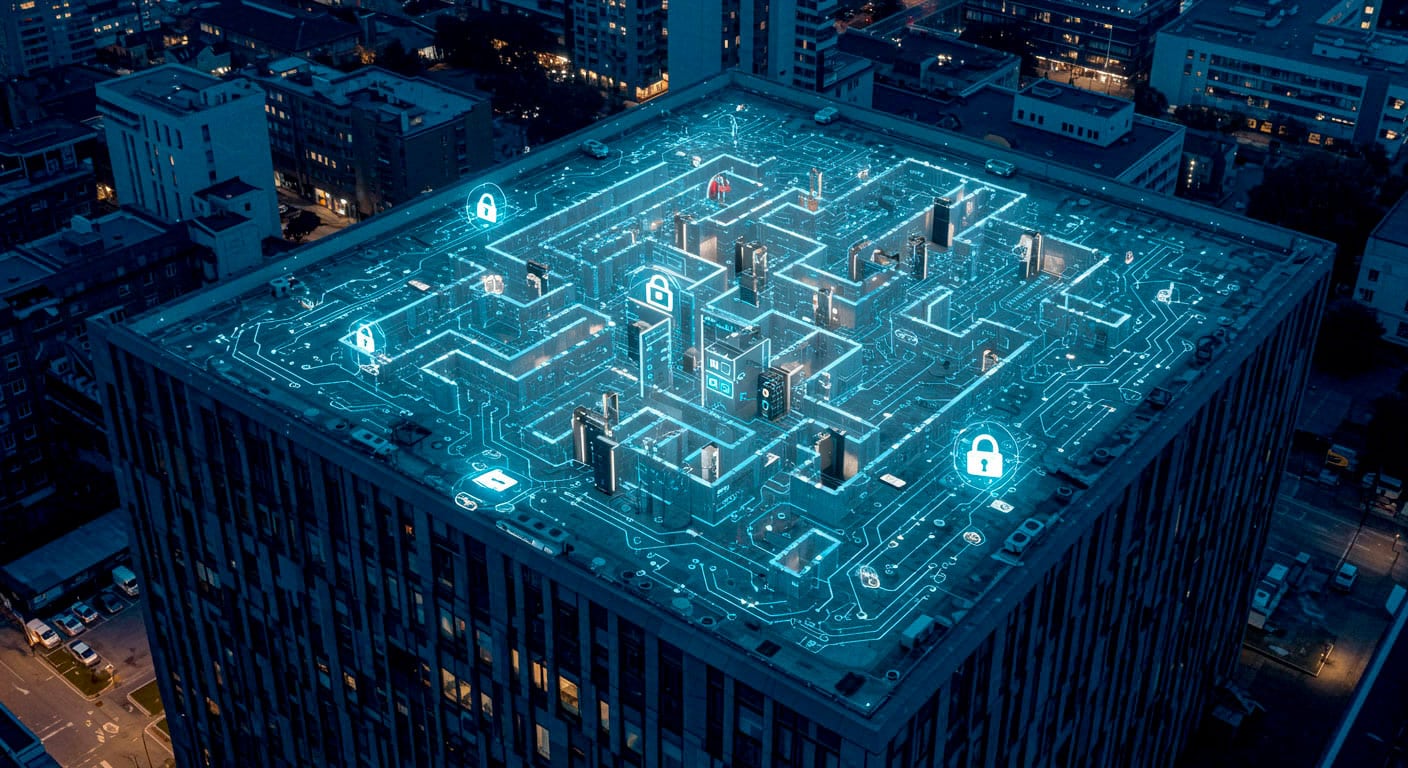How the human factor can prevent accidents and sabotage
In a context where physical corporate security is increasingly digitized and entrusted to video surveillance technologies, predictive AI and embedded systems, there is one aspect that is still undervalued but essential: the emotional intelligence of the people involved.
We are not just talking about security officers, but also managers, plant managers, supervisors, administrative staff. That is, all those figures who have a direct or indirect role every day in recognizing warning signs, managing internal tensions, or anticipating potentially critical situations.
What is emotional intelligence and why it matters for physical safety
Emotional intelligence is the ability to recognize, understand and manage one’s own emotions and those of others. In a business context, it means:
-
- Knowing how to read body language and micro-expressions,
- Managing conflict situations with lucidity and self-control,
- Anticipate dysfunctional dynamics within teams,
- Recognize signs of distress, stress or isolation in colleagues and co-workers,
- Respond to emergencies with balance, avoiding knee-jerk or ineffective reactions.
In physical security, emotional intelligence is what can make the difference between an abnormal behavior that is noticed and addressed, and a critical event that was not anticipated because it was underestimated.
5 Areas in which emotional intelligence improves physical safety
- Preventing internal sabotage
Often those who engage in acts of sabotage have given signals beforehand: isolation, unresolved tensions, accumulated frustration. An emotionally intelligent person is able to pick up on these signals and act in time. - Emergency management
During an emergency, those who keep calm and can reassure others become a point of reference. IE means communicating clearly even under pressure. - Conflicts between colleagues or departments
Internal tensions can escalate and turn into security threats. Those who can read and defuse conflict dynamics protect the company from dangerous escalation. - Effective communication with supervisory teams
Understanding the emotional state of a tired operator, subjected to heavy shifts or low motivation, allows action to be taken before human error occurs. - Public relations and access management
In open settings (businesses open to the public, health care facilities, airports…), a vigilante with EI knows when behavior is just nervous or potentially dangerous.
Concrete examples and real situations
-
- In a manufacturing company, a supervisory worker notices a coworker who increasingly stops at unusual times near a sensitive area. His demeanor changes, appearing nervous. Thanks to a discreet report, a planned theft is prevented.
- In an administrative department, a female employee shows increasing frustration and isolation. No one takes action. After a few weeks, she files a false report with the goal of harming the team.
In both cases, those who read the emotions-or those who did not-made a difference.
How to develop emotional intelligence in corporate security
It is not just about “character” or natural gifts. Emotional intelligence can be trained and enhanced through:
-
- Specific training, including short training, combining psychological and operational aspects,
- roleplay and simulations of critical situations to be faced in teams,
- structured discussion moments between supervisory, HR and function managers,
- Coaching paths for team leaders with impact on physical security.
A soft investment with hard returns
Those who lead a business know that security is also a matter of ROI.
Investing in emotional intelligence in security teams may seem “intangible,” but the returns are tangible:
-
- fewer incidents due to human error or delays in threat recognition,
- Improved internal climate, which lowers the risk of internal acts,
- increased effectiveness of the security system even without new technologies.
Conclusions
Emotional intelligence does not replace technological systems, but makes them more effective.
We integrate algorithms, AI and sensoristics with a human network capable of observing, listening, sensing.
Why safety today is also (and above all) a matter of humanity trained in attention.



